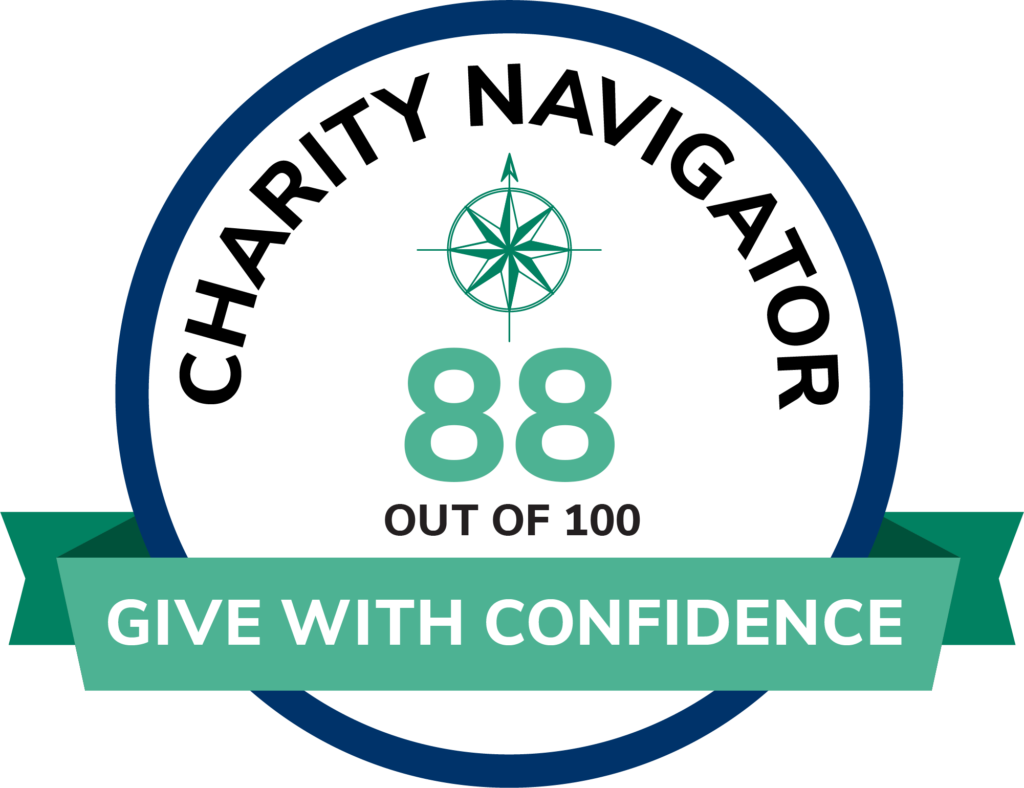Over the last few months, many advisors have noticed an uptick in client inquiries about leaving their IRAs and other retirement plans to charity.

If you’re wondering why, it likely has a lot to do with the buzz about Qualified Charitable Distributions, which allow those who’ve reached the age of 70 ½ to direct up to $100,000 annually to qualified charities (such as a designated or field-of-interest fund at the community foundation), avoiding both the need for an RMD (if they’ve reached age 73) and the income tax hit.
It’s probably more than just the QCD, though, that has spurred your clients to ask questions. More and more, charitable planning with IRAs and other qualified retirement plans is a topic in financial and mainstream media. A case in point is a September 2022 article in the Wall Street Journal, irresistibly titled “Win an Income-Tax Trifecta With Charitable Donations.” If you subscribe to the Wall Street Journal, the article is well worth your time.
When your client names a public charity, such as a donor-advised or other fund at the SRCCF, as the beneficiary of a traditional IRA or qualified employer retirement plan, your client achieves extremely tax-efficient results. Here’s why:
First of all, the client achieved tax benefits over time as the client contributed money to a traditional IRA (or to an employer-sponsored plan). That’s because contributions to certain retirement plans are what the IRS considers “pre-tax”; your client does not pay income tax on the money used to make those contributions (subject to annual limits).
Second, assets in IRAs and qualified retirement plans grow tax free inside the plan. In other words, the client is not paying taxes on the income generated by those assets before distributions start in retirement years. This allows these accounts to grow rapidly.
Third, when a client leaves a traditional IRA or qualified plan to a fund at the SRCCF upon death, the charity does not pay income taxes (or estate taxes) on those assets. By contrast, if the client were to name children as beneficiaries of an IRA, for example, those IRA distributions to the children are subject to income tax, and that tax can be hefty given the tax treatment of inherited IRAs.
So, if your client is deciding how to dispose of stock and an IRA in the client’s estate plan, intending to leave one to children and the other to charity, leaving the IRA to charity and the stock to children is a no-brainer. Remember, the client’s stock owned outside of an IRA gets the “step-up in basis” when the client dies, which means that the children won’t pay capital gains taxes on the pre-death appreciation of that asset when they sell it.
Here’s the net-net:
Traditional IRAs are often poor vehicles for your clients to use to leave a family legacy. Instead, if a client is charitably inclined, traditional IRAs are likely better deployed to posthumous philanthropy if other assets, such as appreciated stock, are available to leave to children and other heirs.
The team at the SRCCF is always happy to work with you to ensure that your clients are maximizing their assets to fulfill their charitable giving goals.
The team at the Starved Rock Country Community Foundation is honored to serve as a resource and sounding board as you build your charitable plans and pursue your philanthropic objectives for making a difference in the community. This article is provided for informational purposes only. It is not intended as legal, accounting, or financial planning advice. Please consult your tax or legal advisor to learn how this information might apply to your own situation.



